Monumental woman

There are days marked on the calendar that we use to celebrate events, others to mourn absences and others to claim, achieve visibility and raise awareness in society of the need to achieve rights and recognition. One of those days set in purple is March 8, International Women’s Day.
The International Women’s Day or International Working Women’s Day, commemorates every March 8 since 1975, the struggle of women in their participation in society and their personal development in full equality with men. This date was institutionalized by the United Nations.
Full equality is still a long way off
Much work has been done to achieve full equality between men and women, however, there is still a long way to go to achieve this full equality and, above all, this parity of rights between men and women is very irregular in different countries around the world, making March 8th continue to be a fundamental date for the vindication of women’s rights every year.
An example of how women have been made invisible throughout history can be found, among many other things, in an aspect that at first glance might seem anecdotal but is much more relevant than it seems. We are referring to the scarce number of statues and monuments of women in the world.
The shortage of female sculptures is obvious
An example of this is the sculptural elements found in cities as important as Madrid, Barcelona or New York where, beyond sculptures of virgins, queens and nuns, the deficit of sculptures of women is evident.
To mention specific data, in the United Kingdom, out of 925 statues, only 158 are of women. The case of the United States is even more striking, where of the approximately 5200 public statues they have in the country, about 400 represent women. If we look for examples in Spain, just look at Barcelona, where there are about 170 statues of men for 15 of women, some of them even being fictional characters.
Join us in this tribute and send in your Sparks
From Sparker we want to make a simple tribute to women with a tour of 13 monuments in which women have a deserved prominence. Join us in this tribute and send your Sparks from these monuments or from others that are in your town or your city in which women have a major role.
1 Statue of Marie Curie in Warsaw, Poland
Polish scientist, one of the most brilliant minds of the 20th century. His contribution to nuclear physics was decisive.
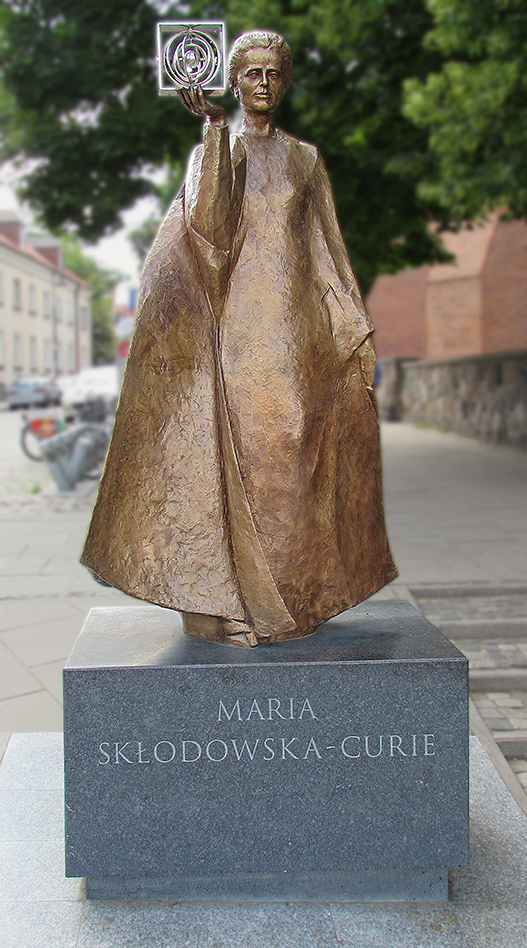
2 Maria Theresa I in Vienna, Austria.
First and only woman in charge of the house of Habsburg. She reigned for 40 years after the War of the Austrian Succession.
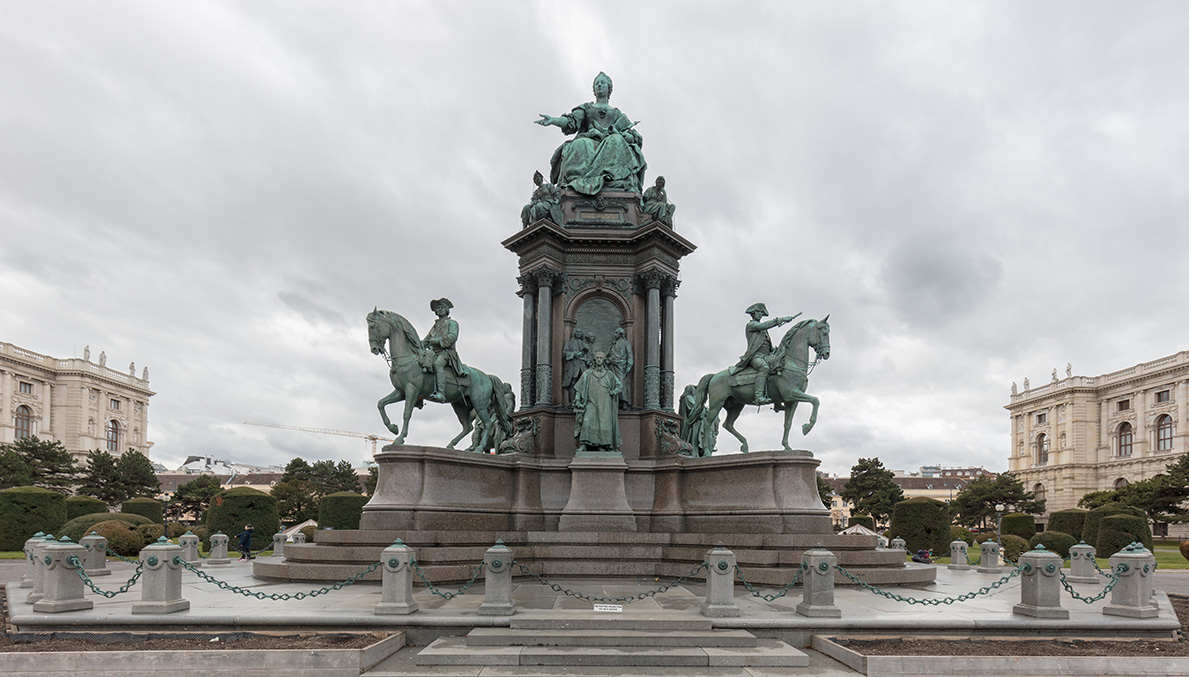
3 Monument to Emmeline Pankhurst in London, United Kingdom.
She led the suffragette movement to obtain the vote for women in the United Kingdom, where only men over the age of 21 could vote, which caused her to go to prison several times.
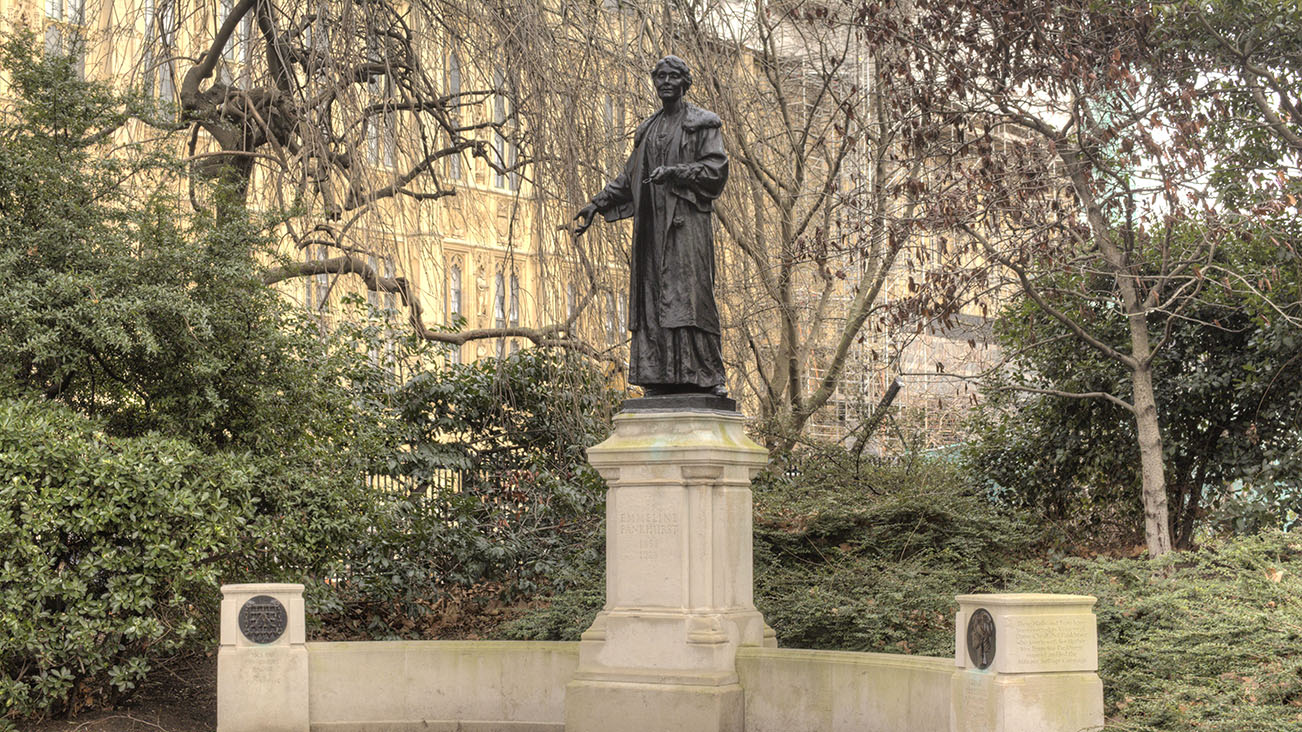
4 Joan of Arc Statue in Paris, France
One of the great warriors of history despite her peasant origins. Her role was decisive in the restoration of the French crown in the Hundred Years’ War.
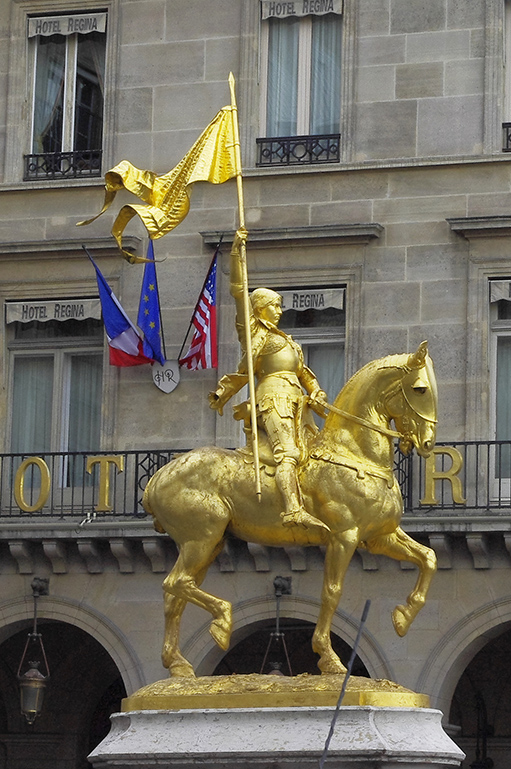
5 Mariana de Pineda in Granada, Spain
Sentenced to death for having contact with the liberals, she became a martyr and symbol of freedom. Anne Frank in Amsterdam, The Netherlands
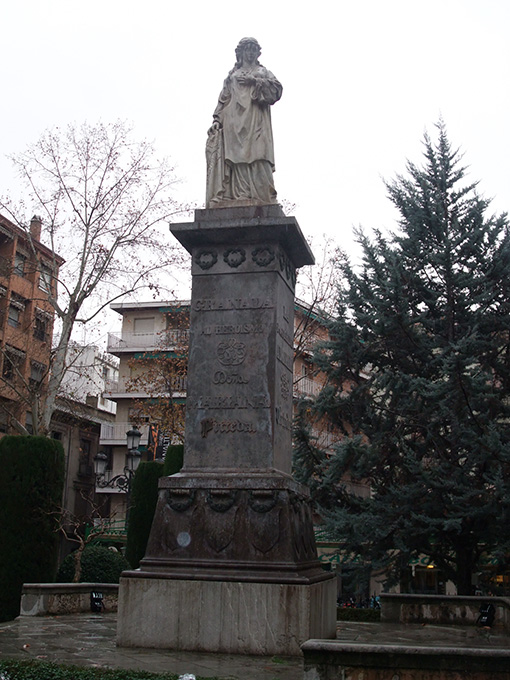
6 Anne Frank in Amsterdam, The Netherlands
During World War II, she hid with her family for two and a half years in the back of a building in Amsterdam. She eventually died at the age of 15 for the sole “crime” of being Jewish in Nazi Germany.
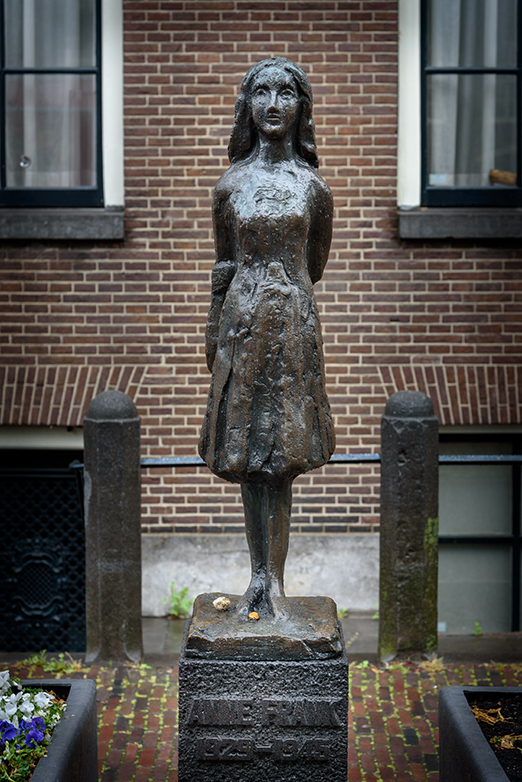
7 Edith Stein
Of Jewish origin, she converted to Catholicism and took the habits adopting the name of Teresa Benedicta of the Cross. She went into exile in Holland, but was arrested by the Nazi police and taken to a gas chamber in Auschwitz.
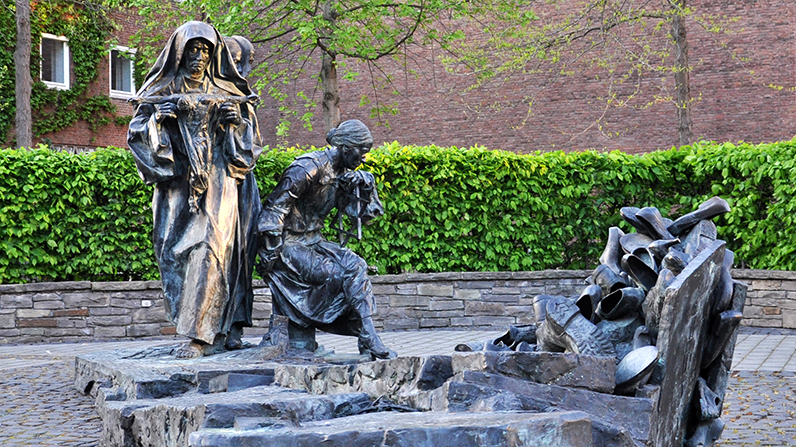
8 World War II Women’s Memorial in London, United Kingdom.
Tribute to the nearly 7 million British women who played a vital role during World War II.
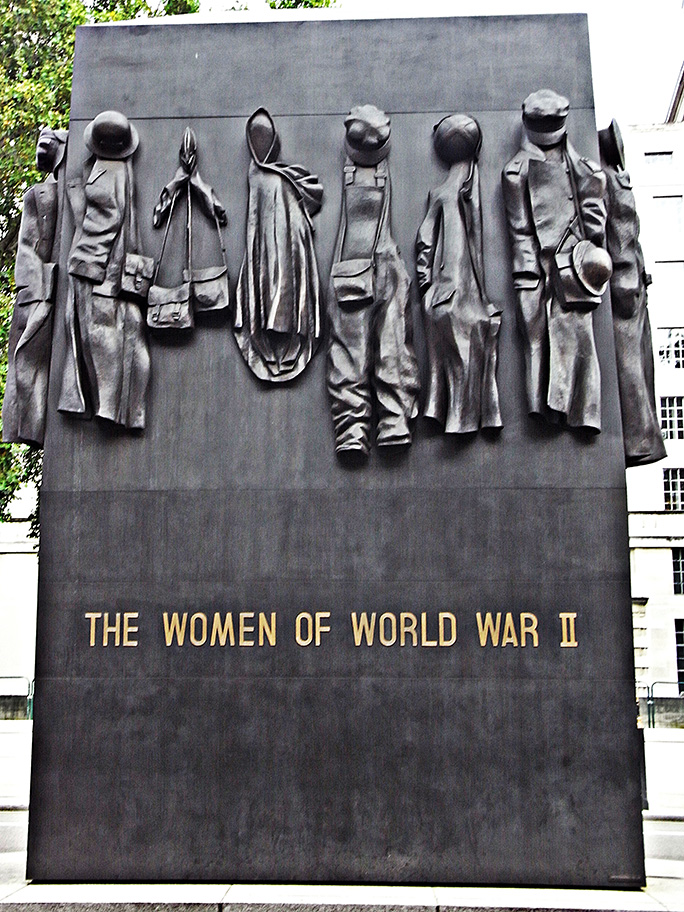
9 Monument to Maria Montessori in Chiaravalle, Italy
One of the most influential people in education and creator of the didactic method that bears her name.

10 The Famous Five Monument in Ottawa, Canada
Monument to 5 Canadian women pioneers in each of their fields. Emily Murphy, Irene Marryat Parlby, Nellie Mooney McClung, Louise Crummy McKinney and Henrietta Muir Edwards.

11 Nakano Takeko Statue in Aizubange, Japan
Known as “the last of the samurai”, she was a Japanese warrior who took her own life at the Battle of Aizubange before dying at enemy hands.
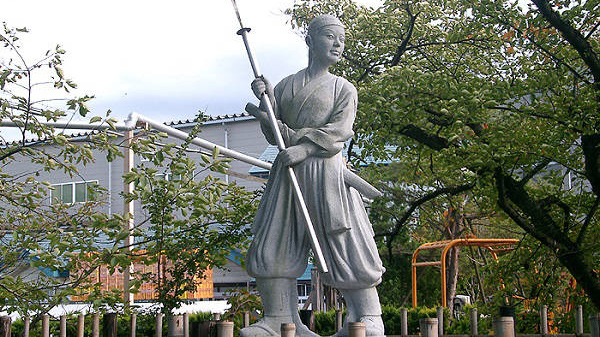
12 Sappho of Lesbos. Lesbos, Greece
A political activist in ancient Greece, she took a strong stand against tyranny. Her great involvement forced her to go into exile in Sicily, but she returned to Lesbos a few years later and directed an academy of the arts there.
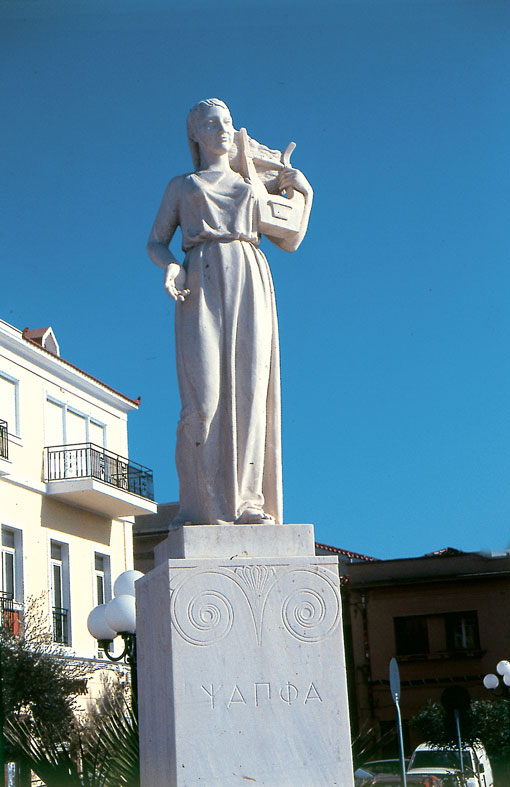
13 Grace O’Malley in Westport, Ireland
Known as the Pirate Queen of Ireland, O’Malley became a pirate and led a movement for the defense of Irish waters against England’s continued attempts at invasion.

